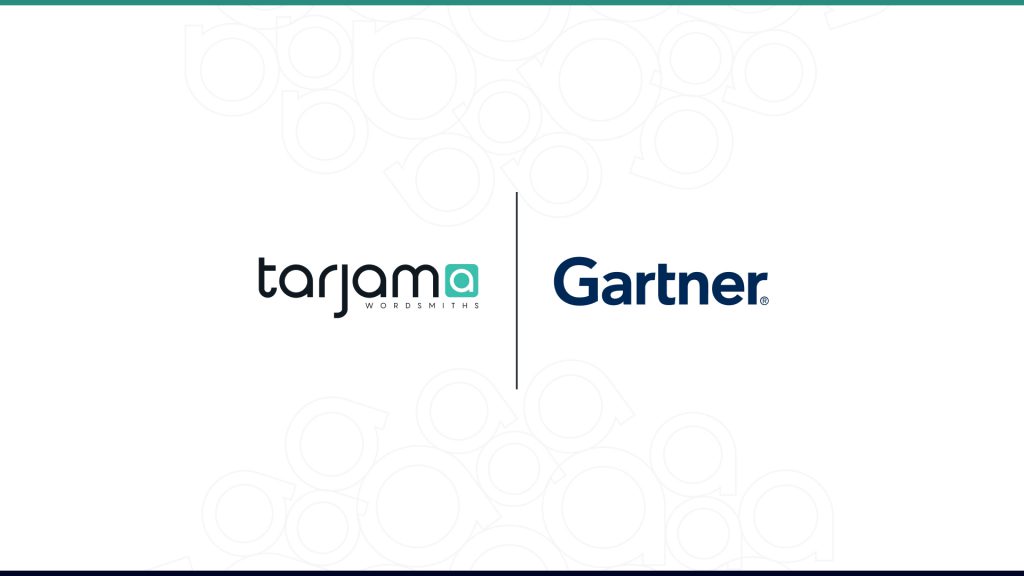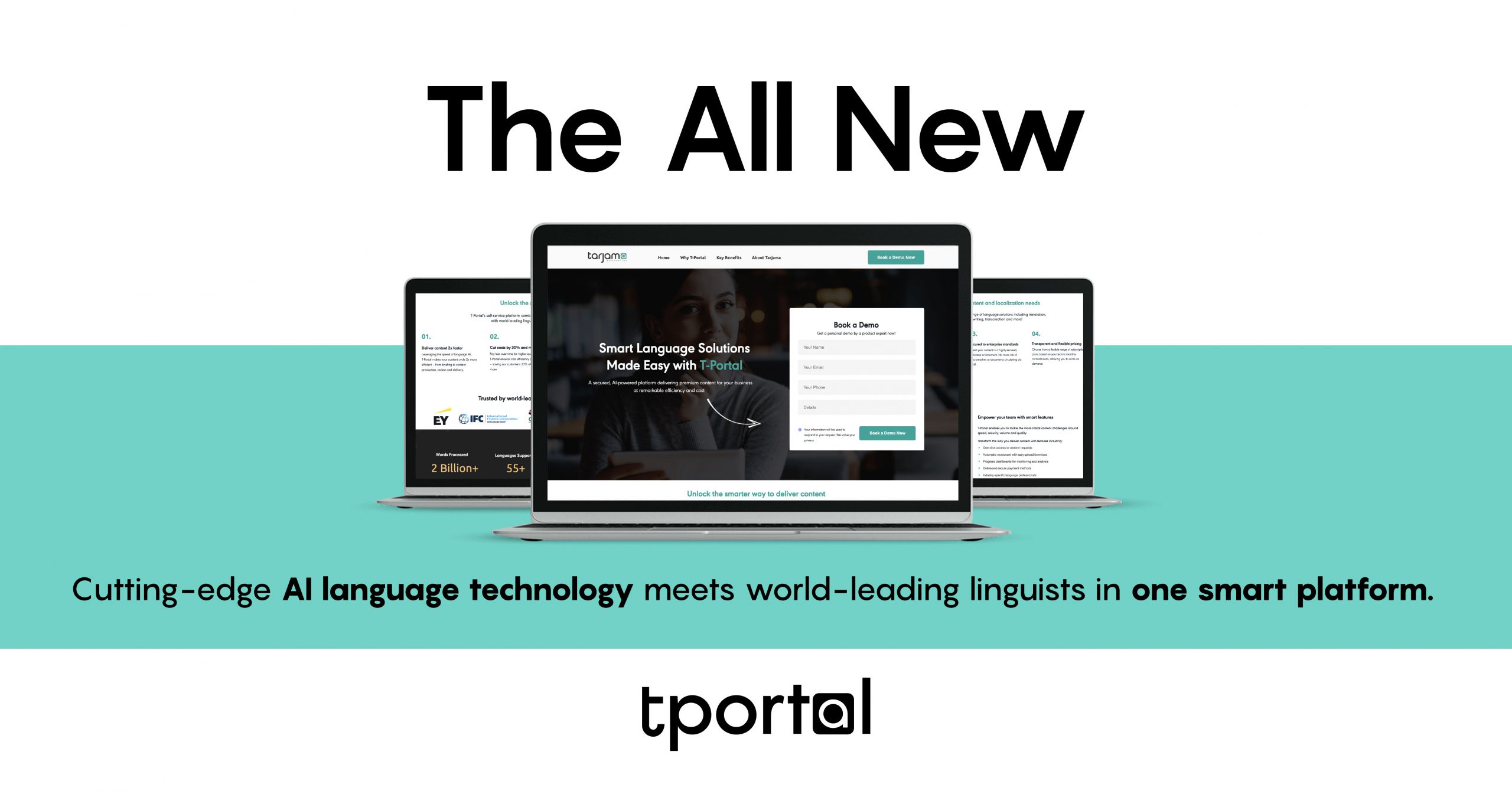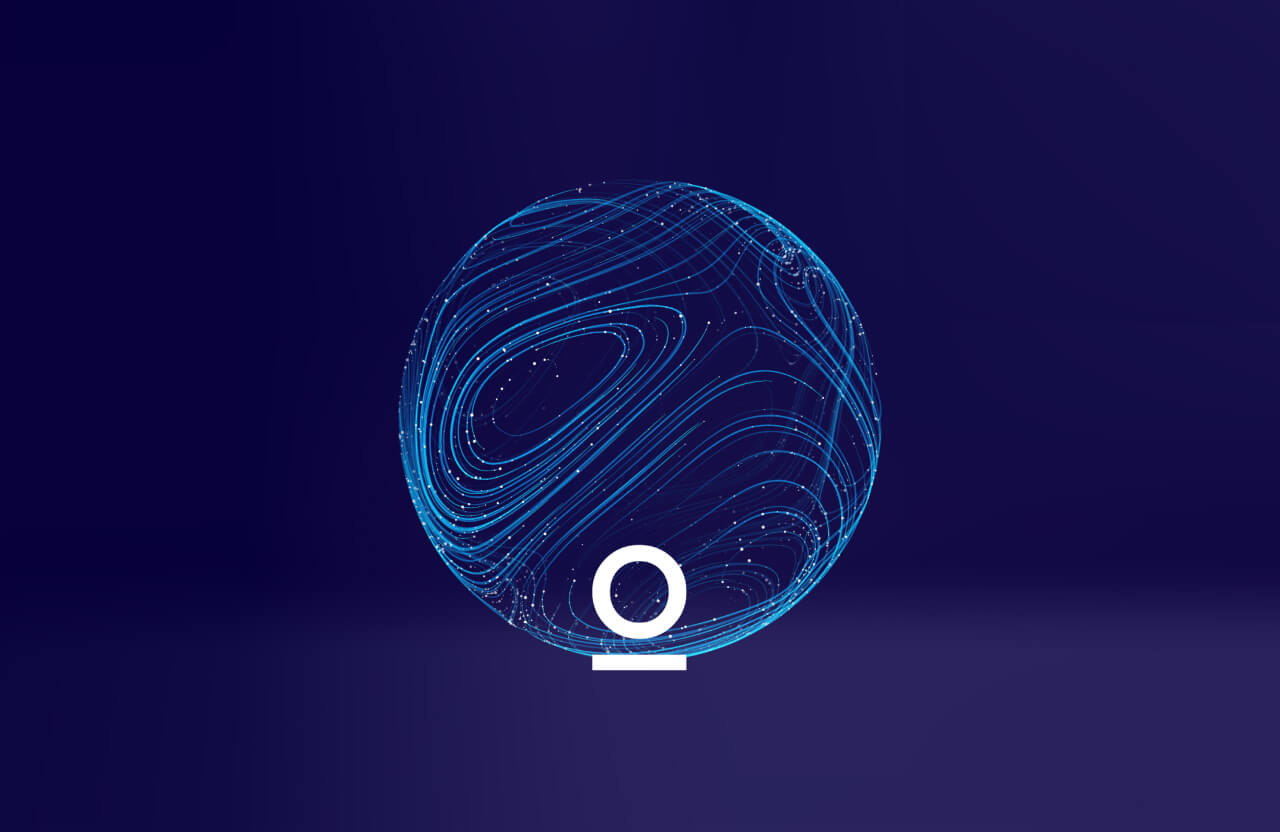As we navigate the language-rich landscape of global business in 2024, the influence of AI on translation and localization is transformative. Embracing these emerging trends allows businesses to not only overcome language barriers but also create a more immersive and authentic experience for their global audiences.
The growing demand for multilingual AI translation technology, coupled with the increasing marketing needs and evolving privacy/disclosure laws, propels the expansion of the Translation Service sector. According to Globe News Wire, the translation service market is poised to reach USD 47.21 billion, with a projected CAGR of 2.60% by 2030.
The synergy between AI and language services is unlocking new possibilities for cross-cultural communication, setting the stage for a more interconnected and inclusive global marketplace.
1. Advanced Neural Machine Translation (NMT)
The progression of Neural Machine Translation (NMT) powered by Artificial Intelligence (AI) has fundamentally transformed language services. Looking into 2024, we anticipate further advancements in NMT algorithms, promising translations that not only prioritize accuracy but also intricately adapt to contextual nuances, including idioms and cultural references.
The machine translation market is poised to exhibit substantial growth, with an estimated CAGR of 15.19% from 2022 to 2027. This growth forecasts an increase in market size by USD 1,022.6 million. Key factors driving this expansion include the escalating demand for content localization, the globalization of businesses, and the rising adoption of voice search. In essence, the machine translation market comprises software solutions that glean meaningful insights into human sentiments and opinions by collecting, measuring, and categorizing voice and speech data from sources such as audio files and calls.
A notable trend influencing language services is the increasing integration of AI, particularly NMT, with Computer-Aided Translation (CAT) tools. This collaboration introduces features like automated terminology suggestions and context-aware translation recommendations.
Businesses leveraging advanced NMT can enhance the quality of their translations while significantly reducing the time and cost associated with traditional language services. As a result, companies can streamline their global communication, making it more efficient and culturally resonant with their target audiences.
2. Customized Localization Through AI Insights
In 2024, the scope of localization extends beyond mere translation, encompassing the adaptation of content to align with the cultural, linguistic, and regional preferences of the target audience. AI assumes a pivotal role in this process, offering crucial insights for customized localization. By scrutinizing data from diverse sources, such as social media, user behavior, and market trends, AI becomes a guiding force for businesses, enabling them to tailor content to specific audiences and increase their profits.
A study by Harvard Business Review underscores the significance of this approach, revealing that brands leveraging localization services are 1.5 times more likely to achieve heightened profits compared to those that overlook this strategic practice.
Customized localization not only ensures that the language is accurate but also considers cultural sensitivities, idiomatic expressions, and visual elements that resonate with the local audience. AI-driven insights empower businesses to create content that feels native to each market, enhancing user engagement and fostering a deeper connection with global consumers.
The use of data-driven budgeting decisions further enhances efficiency in resource allocation, translating high-value content while employing machine translation for less critical material. Analyzing social media metrics becomes a powerful tool for understanding market sentiment and identifying areas for growth. The iterative nature of using data allows businesses to continuously refine their strategies, ensuring they remain responsive to the evolving demands of the global market. The symbiosis between AI and localization practices emerges as a strategic imperative for organizations striving to thrive in the interconnected and culturally diverse marketplace of 2024.
3. Real-time Language Support with AI-Powered Chatbots:
In 2024, AI is reshaping global customer support by revolutionizing real-time language assistance through AI-powered chatbots. These chatbots, equipped with NLP capabilities, interact seamlessly with users in multiple languages, offering instant assistance and resolving queries efficiently.
Businesses are increasingly incorporating AI-driven chatbots for multilingual customer support, improving user experiences and allowing scalable language support without a proportional increase in human resources. AI chatbots ensure consistent and accurate communication across diverse language markets.
AI-driven localization is poised to power personalized customer experiences in 2024, capitalizing on the opportunity for businesses to deliver a personalized approach currently underutilized by over half 61% of global enterprises. The localization industry will witness a wave of innovation, leveraging AI and Language Model Systems (LLMs) to create deeply personalized experiences across global markets. These technologies bring a new level of automation to content translation, allowing human resources to focus on critical assets, while automated quality checks ensure fit-for-purpose content at every step.
4. Improved Speech-to-Speech and Speech-to-Text Translation Technologies
Leveraging AI capabilities, speech-to-text software is transforming various applications, including hands-free note-taking, live captioning, and elevated customer service. It efficiently converts spoken words into written text, facilitating rapid and effective creation of emails, generating helpful meeting and event transcripts, and enhancing overall accessibility.
The adoption of speech recognition for transcribing audio and video content not only streamlines business processes but also fosters accessibility. As we move into 2024, we anticipate significant strides in speech-to-speech and speech-to-text translation technologies. These advancements enable real-time, precise translations of spoken language, effectively dismantling communication barriers.
Notably, the technology now accommodates a wider array of dialects and accents, fostering greater inclusivity in communication. This development carries profound implications across sectors such as international business, education, and healthcare, where clear and accurate communication is imperative. These evolving technologies will not only boost translation efficiency but also elevate the quality of cross-cultural interactions, fostering a more connected and accessible world.
5. Growth of Transcreation and personalized content generation
Transcreation stands as a specialized art within the realm of translation, striving not merely to convert words from one language to another, but to transform a message while retaining its original essence and impact. Widely embraced in marketing, this approach serves as a key asset in cross-cultural communication, offering a distinctive edge in conveying messages effectively across diverse audiences.
The surge in customer demand for personalized content is propelling the need for both transcreation and content generation. Here’s a fascinating tidbit: did you know that, as of 2023, a whopping 73% of consumers express trust in content generated by artificial intelligence?
The momentum in this direction is only growing stronger! forward-thinking marketers and sellers are veering away from pre-made templates, embracing the power of GenAI. This technology allows for the crafting of unique, personalized content tailored precisely to the distinct needs and preferences of their audience.
In 2024, predictions paint a vivid picture of B2B marketing thriving not just on personalization but on hyper-personalized content. Technology, especially AI-driven tools and automation, takes center stage, streamlining processes and enabling the swift analysis of vast datasets. The result? Content that resonates on a profoundly personal level, translating into significant boosts in sales.
Key Takeaways
Translation and localization, always on the move to match the latest tech and the ever-changing global stage. Here are some essential takeaways:
- AI-powered Neural Machine Translation (NMT) evolves for more accurate and nuanced translations
- The strategic synergy of AI and customized localization is essential for success in the diverse marketplace.
- AI-powered chatbots reshape global customer support, offering scalable multilingual assistance.
- AI-driven speech technologies streamline processes, enhancing accessibility and fostering inclusivity.
- Growing demand for hyper-personalized content, driven by AI tools, shapes 2024 marketing.
These trends underscore the industry’s adaptability and its crucial role in fostering global communication and business growth. For navigating the transforming translation landscapes, Tarjama provides specialized solutions aligned with your unique requirements. Combining state-of-the-art technology with professional proficiency, we guarantee precise, culturally sensitive, and timely translations. Reach out to us, and let’s collaborate to overcome language barriers and discover fresh prospects in the dynamic realm of translation tailored for the Middle East market.





















